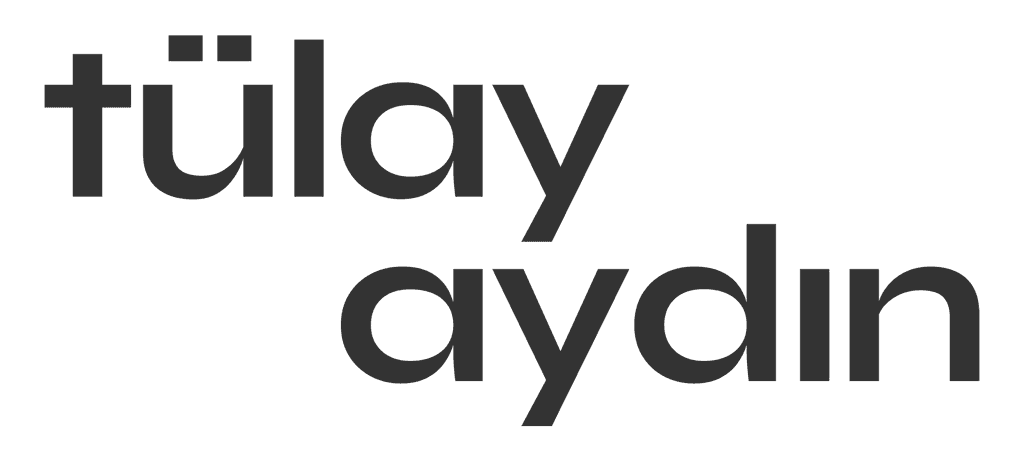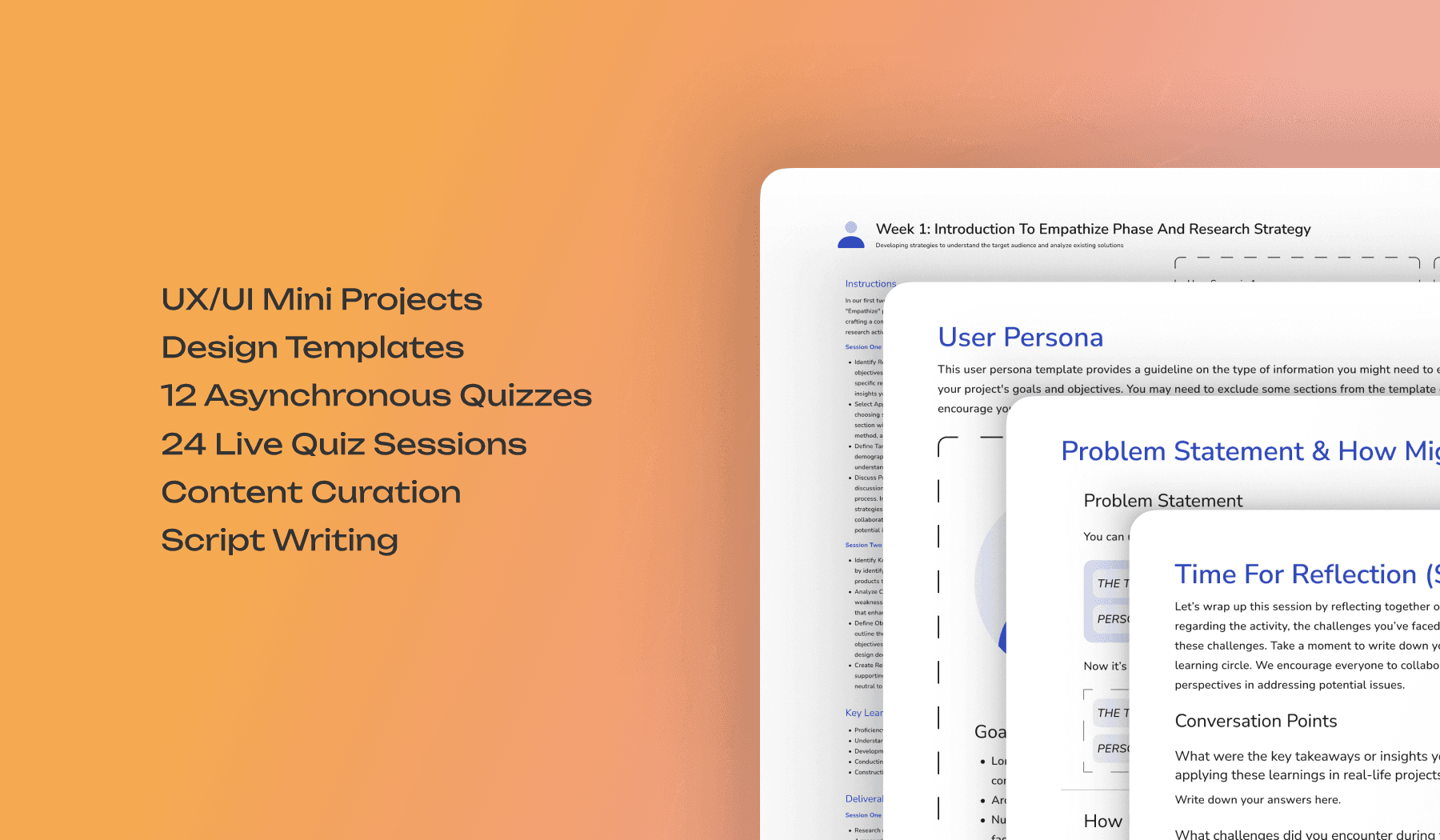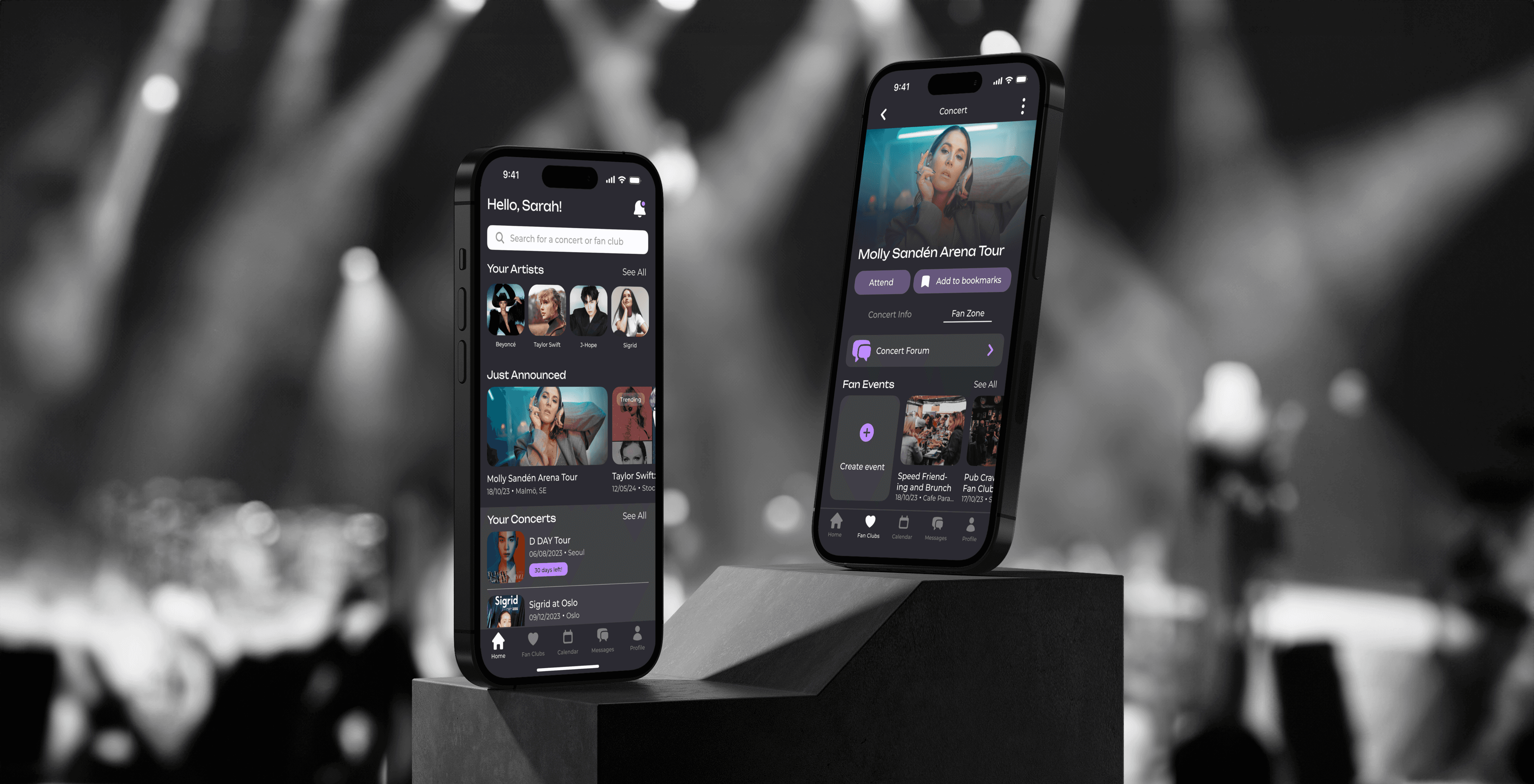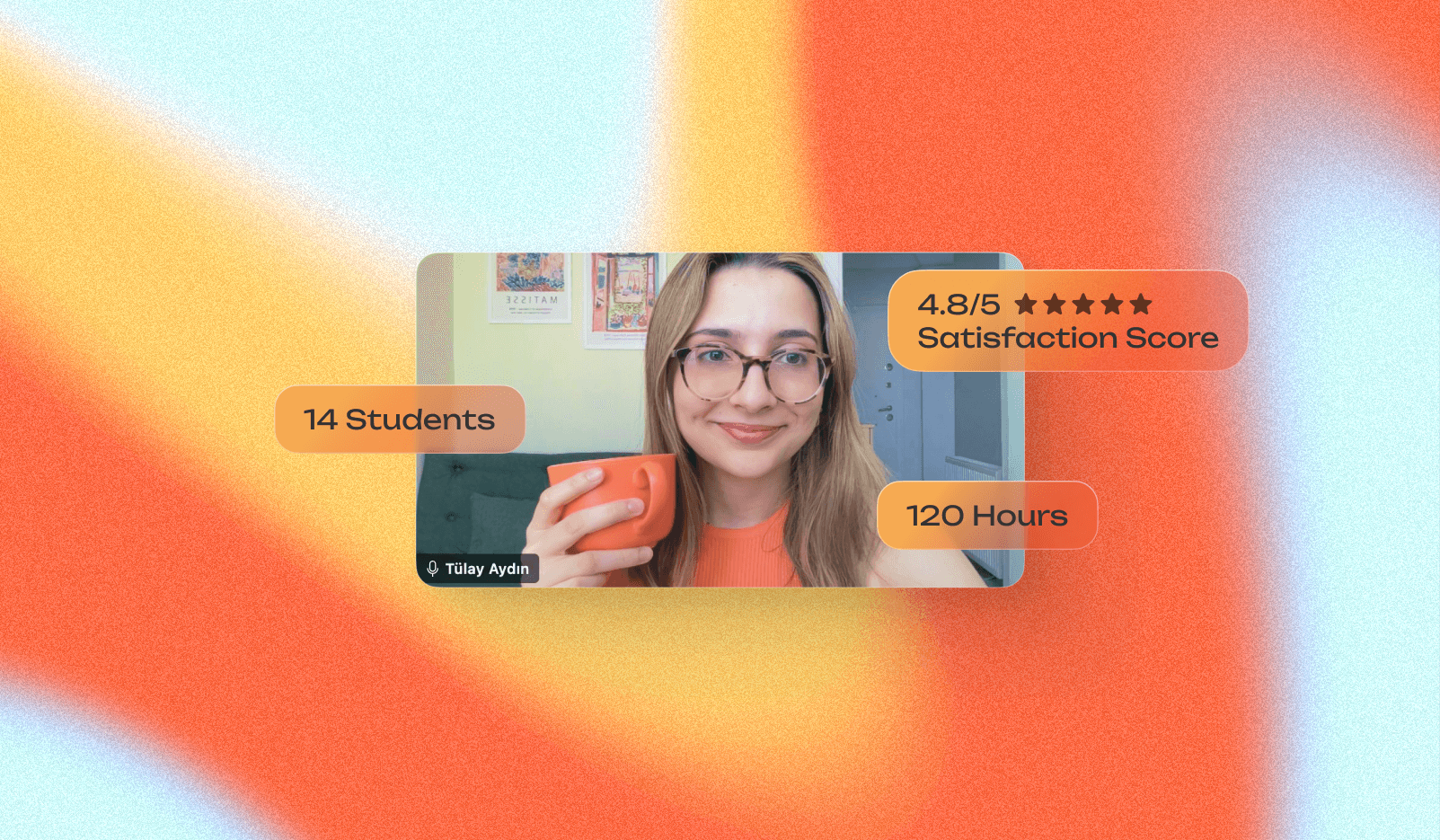The Challenge
Throughout our bootcamps, we regularly check in with our students every two weeks through surveys, as this helps us enhance their learning experience and swiftly develop a support plan whenever a student expresses an urgent challenge. In our recent bootcamps, their responses in our surveys and interviews provided us with great insights to work on longer-term solutions. Here's what we have understood:
Time management is a challenge for many: Our target audience consists of young adults who are juggling various life commitments. Participating in an intense bootcamp program often becomes challenging, as they struggle to keep up with the content and assignments.
The content is difficult for students who speak English as a second language: Our students, who are not native English speakers and lack a design background, expressed difficulty in understanding design terminology and complex explanations.
Students are eager for more exercises during live sessions: They prefer live sessions with hands-on exercises using tools and software, as they value the immediate feedback and opportunity to ask their burning questions.
Our Objectives
As the UX/UI Design Training team, our goal was to redesign our training to be adaptable and engaging for better learning. We worked towards to a modular approach, giving students more control on their self-study and maximizing the benefits of active practice with trainer support. Our aim was to redesign a delivery model and a curriculum based on the following SPACE Learning Principles:
Self-Paced: Our bootcamp experience should allow individuals to progress through educational materials at their own pace, giving them the flexibility to customize their learning experience.
Active: A platform that encourages students to actively participate in the learning process through discussions, workshops, and hands-on experiences enhance deeper understanding and retention.
Constructivist: People create their own understanding of the world through personal experiences, interactions, and previous reflections. Building on their pre-existing knowledge and skills is beneficial for individuals to familiarize themselves with new information.
Engaging: The instructional methods and materials should captivate and maintain learners' interest and motivation to facilitate a more enjoyable and effective learning experience.
To promote "self-paced" learning, we adopted the "flipped classroom" model. In this approach, students plan their learning using our modular guidelines and library, which includes our in-house produced videos, curated readings, and podcasts. Students then attend sessions prepared for discussions and deliberate practice.
My Role
In this project, I took the responsibility of creating engaging educational materials for students' knowledge assessment, as I was simultaneously leading the Assessment Model Redesign Project for the future bootcamps in the organization. I created weekly design challenges to help students build their first UX projects by following a set of assignments while learning the discipline, as well as live and async quizzes.
In my teaching practices, I focus on intentional learning. I believe that when learners understand the purpose of what they're learning and take ownership of the process, their educational experience improves accordingly. For this reason, I was aware that I wasn’t designing only to evaluate and grade students, but also for the students to see the relevance of the knowledge they gain through exercises and team practices.
The weekly challenges are planned as design thinking stages, in alignment with weekly learning objectives. The challenges then interconnect to form two portfolio-ready mini projects for students. The design files offer clear instructions, simplifying the use of templates for students. Design files also include weekly reflection logs and expected learning outcomes, to help students self-assess and encourage intentional learning. In live sessions, trainers demonstrate the tasks first. Using the "I do-We do-You do" approach, they then guide students apply their new knowledge, and independent application follows.
In addition to active practice, I also crafted weekly quizzes on Thinkific for students to test their knowledge. In our assessment strategy, we prioritize student progress over grading. Therefore, each quiz question is followed by an explanation, and students can retake the quizzes multiple times.
To increase student interaction through gamification and encourage students to prepare for the sessions, I also introduced live quizzes on Kahoot at the start of our sessions. This method proved useful for both students and trainers as it helped in formative assessment and allowed us to quickly identify and address challenging topics for the class. The visual below shows one of the fun moments from our live sessions.
Project Outcomes
Through our collaborative efforts as a team of four, the project has resulted in:
A modular UX-UI curriculum that allows students to tailor their study times to fit their schedules and commitments. This approach optimizes the time spent on theoretical part of learning process, and allows the sessions to be more "hands-on" through live guidance and feedback exchanges.
A collection of templates and weekly assignment materials on Figma for a well-structured deliberate practice, aligned with the progress of the modules.
A library of in-house produced video content to support live class delivery.
A new and up-to-date bootcamp structure, divided into two phases - "Introduction to UX/UI" and "Advanced UX/UI," allows students to familiarize themselves with current practices, such as artificial intelligence.







